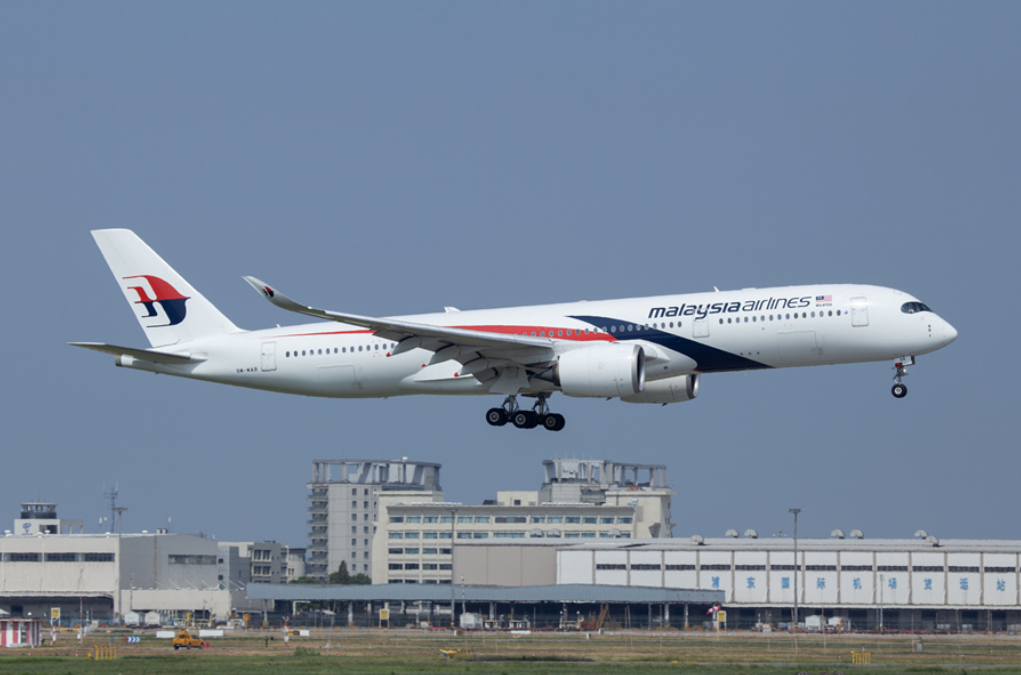
Malaysia Aviation Group, parent company of Malaysia Airlines, plans to expand its presence in China by ramping up frequencies on core routes and launching direct services to second-tier cities over the next three years, said its top executive.
"Our Destination 2030 fleet plan will power this expansion," said Izham Ismail, group managing director of MAG, adding that the group will continue to evaluate its future fleet options, including aircraft from Commercial Aircraft Corp of China Ltd, manufacturer of narrowbody aircraft C909 regional jet and C919.
As part of its fleet modernization plan, the group recently acquired an additional 18 Boeing 737-8 aircraft, in addition to 12 Boeing 737-10 as part of phase two of its narrowbody fleet renewal.
MAG will gradually phase out the older generation Boeing 737-800 aircraft, aiming for a modernized narrowbody fleet of 55 Boeing 737-8 and 737-10 aircraft by 2030.
With MAG introducing new aircraft for regional sectors and deploying wide-body aircraft on longer sectors, he said these new generation jets will deliver superior fuel efficiency, enhanced reliability and greater comfort, enabling the company to serve more Chinese destinations at optimal frequency.
Malaysia Airlines currently operates to four cities in the Chinese mainland, namely Beijing; Shanghai; Guangzhou in Guangdong province; and Xiamen in Fujian province. The consistent demand from both inbound and outbound travelers has supported a robust 80 percent load factor across China routes in the first quarter, signaling a strong recovery in traffic and business momentum.
Highlighting that the new visa waiver policy between China and Malaysia has further unlocked significant travel demand, he said that MAG will scale its mainline network to key markets across the Association of Southeast Asian Nations, Australia, New Zealand and South Asia, solidifying Kuala Lumpur's role as a gateway to Asia and beyond, facilitating effortless one-stop transit.
To seize more market share, the company has strengthened its customer service teams by adding more Chinese-speaking staff and enhancing its presence in China through strategic partnerships.
"By leveraging the strength of our partners, we are able to provide our passengers with greater flexibility, convenience and reach across the region," he added.
For instance, MAG has expanded its codeshare agreement with China Southern Airlines, offering broader access to key cities across China. Its long-standing partnership with China's Xiamen Airlines also continues to provide passengers with convenient, single-ticket access to a wider domestic network, including second and third-tier cities.
Driven by the goal of meeting Chinese travelers' preferences, MAG has embarked on a wide-ranging digital transformation, combining technology and enhanced services, the executive said.
For example, Malaysia Airlines has been actively engaging with existing and potential clients on popular Chinese social media platforms such as WeChat, Weibo and RedNote, also known in China as Xiaohongshu.
Despite industry headwinds in 2024, MAG posted a profit of $12.35 million last year, showing enhanced financial resilience.
The group currently operates a fleet of 114 aircraft. It has an existing order for 25 Boeing 737-8 aircraft through a long-term lease with Air Lease Corp, with 11 already delivered and the rest scheduled for delivery by 2027. In addition, the company is advancing its widebody renewal with an order for 20 Airbus A330neo aircraft, three of which have already been delivered to date.
Boosted by deepening political and business ties, visa-free policy and the tangible growth of the Belt and Road Initiative, China and Malaysia will accelerate collaboration across both emerging and traditional sectors, including people-to-people exchanges, green technology and infrastructure connectivity in the years ahead, said Zhang Jianping, deputy director of the academic committee at the Chinese Academy of International Trade and Economic Cooperation in Beijing.
















